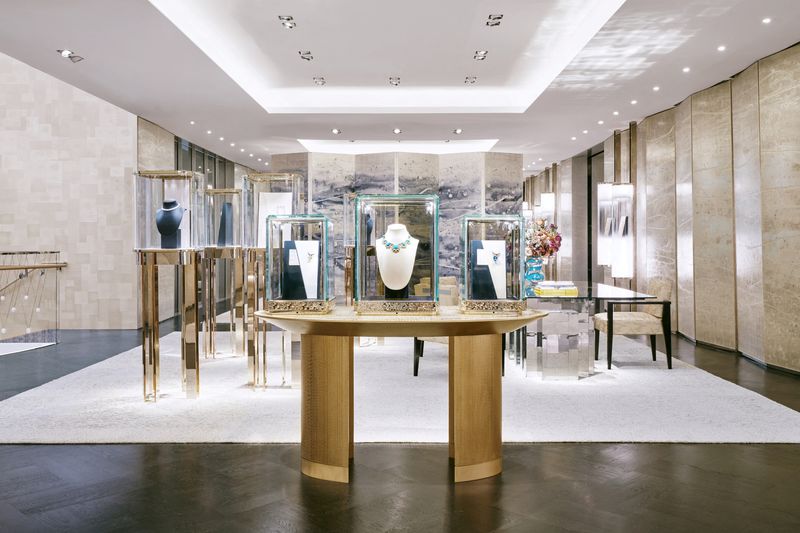By Mimosa Spencer
NEW YORK (Reuters) - As Tiffany & Co (NYSE:TIF). celebrates its freshly refurbished New York City flagship, "The Landmark," behind the scenes, top executives are also focused on a retail overhaul further afield -- in China, its second biggest market.
"There is huge opportunity for Tiffany in China," Tiffany & Co. Chief Executive Anthony Ledru said in an interview this week.
The LVMH-owned label has already secured prime real estate for several new Tiffany locations in China, Ledru said. It currently has 39 Tiffany stores in mainland China.
Tiffany has been working over the past two years to nail down top locations in the country, with three or four new spaces lined up, including in the Sanlitun fashionable shopping area in Beijing. Other stores in the existing network will be relocated and expanded, the executive said.
The investments come amid a bounce-back in luxury sales following the lifting of COVID-19 restrictions, prompting a flood of shoppers to high-end stores like LVMH labels Dior and Louis Vuitton.
The sector's biggest luxury players, LVMH and Birkin bag maker Hermes have benefited most, as reflected in their global sales growth over the first quarter, up 17% and 23% respectively.
At Tiffany, the focus on China comes amid a brand reset aimed at broadening its client base and moving upmarket, under the direction of LVMH, which purchased the American jeweler in 2021 for $16 billion.
An overhaul of the global network will be central to the strategy as it seeks to bridge the gap with Cartier, which belongs to Richemont.
Tiffany grew sales to 5.1 billion euros in 2022 from 3 billion euros in 2020 and is forecast to reach 7.4 billion in 2025.
Sales at bigger rival Cartier came in at 8.48 billion euros last year and are seen reaching 12.2 billion in 2025, according to estimates by HSBC.
As LVMH executives seek to rejuvinate Tiffany's global retail network, they plan to draw on elements from the newly renovated Fifth Avenue outpost in New York which mixes artwork including a Jean-Michel Basquiat painting with jewelry displays grouped around specific collections like the chunky HardWear line and oval-shaped Lock bracelets, as well as designs from Elsa Peretti, Paloma Picasso and Jean Schlumberger (NYSE:SLB).
"With a laboratory like 'The Landmark', we can pick and choose elements without systematically copying them," Ledru said, citing the Blue Box Café – the ceiling covered with dangling Tiffany boxes – as a potential feature to add to stores in other parts of the world.
"We have a new concept – that's a lot for a client, we go from being invisible to becoming very visible," added Ledru, noting that the modernization thrust in stores would include "much more space, so many more products".
While real estate will be key to the label's growth in China, a boost in inventory will also help – easing a supply crunch for some of its pricier items, he said.
LVMH earlier this month announced plans to purchase French jewellery producers Orest and Abysse in order to bulk up production for Tiffany, adding five workshops in eastern France and 800 people employees to the company.
"We will be able to offer jewelry sets that we didn't have before," said Ledru.

The acquisition, which still needs clearance from French regulators, will also help ease a supply crunch for certain high level items, including the "Bird on a Rock" brooch, a historic Schlumberger design featuring a cockatoo perched on a large stone -- which ranges from $75,000 to upwards of $4 million.
The label has waiting lists for the brooch at the higher end, starting at $1 million, Ledru said.